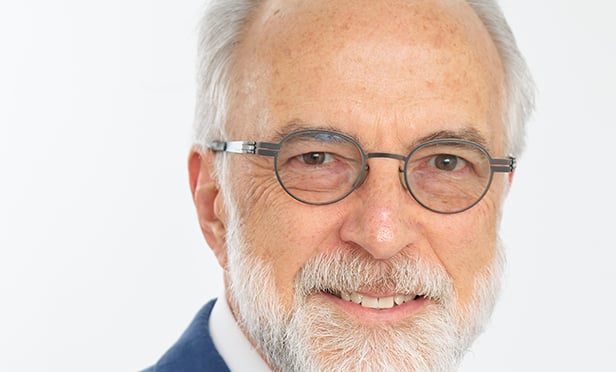NEW YORK CITY-While America’s population is set to balloon by 30 million to 40 million people by 2014, at the same time, budget deficits, sluggish job growth and a slow economy are downscaling ambitions to build and support infrastructure of the future. But the cities that do invest in rail and roads will emerge as metropolitan winners, said Maureen McAvey, EVP of the Urban Land Institute, during ULI’s and Ernst & Young’s “Infrastructure 2011: A Strategic Priority” webinar Monday afternoon.
“We are not only in regional competition among the various communities within the US, we are in international competition,” McAvey said, explaining that counties like China, India, Brazil and the UK are developing new high-speed rail, highways and rapid bus service with public-private financing, federal funding and a mix of creative transportation solutions. “We are seeing some of this regional competition play out not only among countries, but among cities all over the world.”
But the US is lagging far behind its competitors, with an “enormous unfunded infrastructure deficit,” McAvey explained, noting that America should be spending $2 trillion nationwide over the next five years just to meet current infrastructure requirements, according to the American Society of Civil Engineers. “While we recognize the problem, the solution is certainly not yet obvious,” she said.
Recommended For You
Want to continue reading?
Become a Free ALM Digital Reader.
Once you are an ALM Digital Member, you’ll receive:
- Breaking commercial real estate news and analysis, on-site and via our newsletters and custom alerts
- Educational webcasts, white papers, and ebooks from industry thought leaders
- Critical coverage of the property casualty insurance and financial advisory markets on our other ALM sites, PropertyCasualty360 and ThinkAdvisor
Already have an account? Sign In Now
*May exclude premium content© 2025 ALM Global, LLC, All Rights Reserved. Request academic re-use from www.copyright.com. All other uses, submit a request to [email protected]. For more information visit Asset & Logo Licensing.








